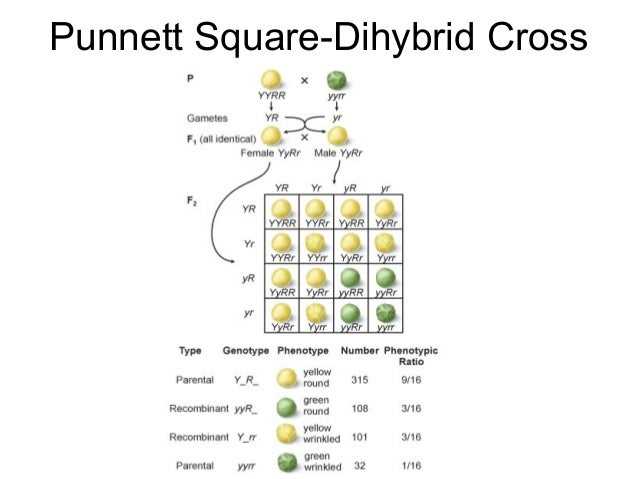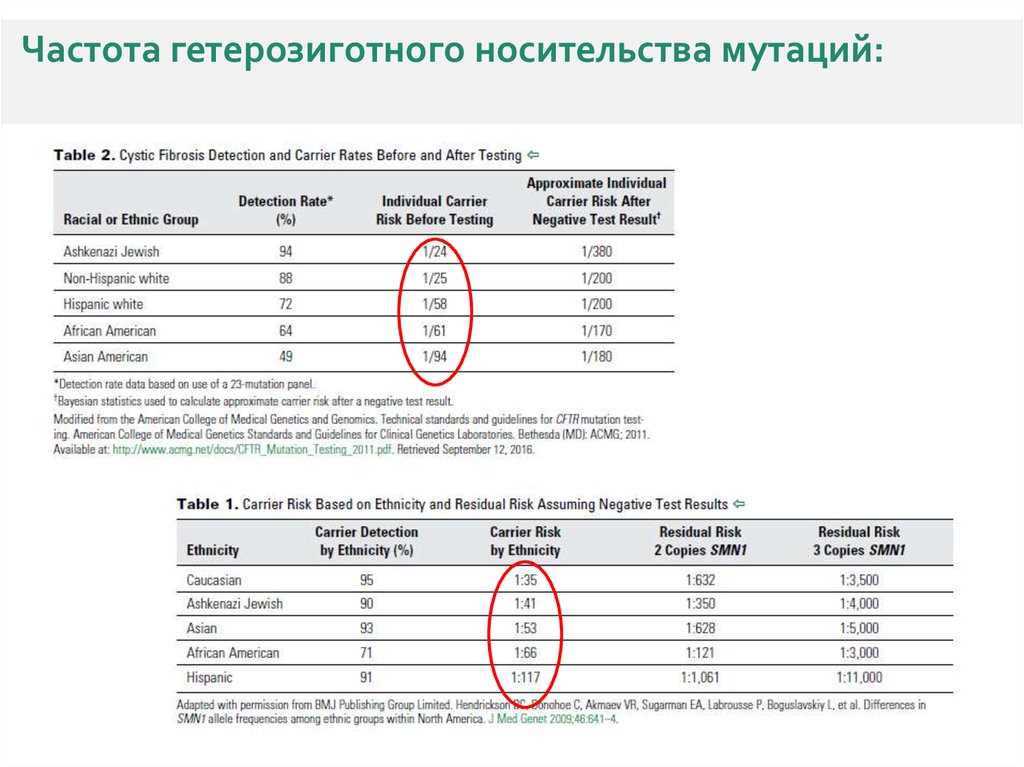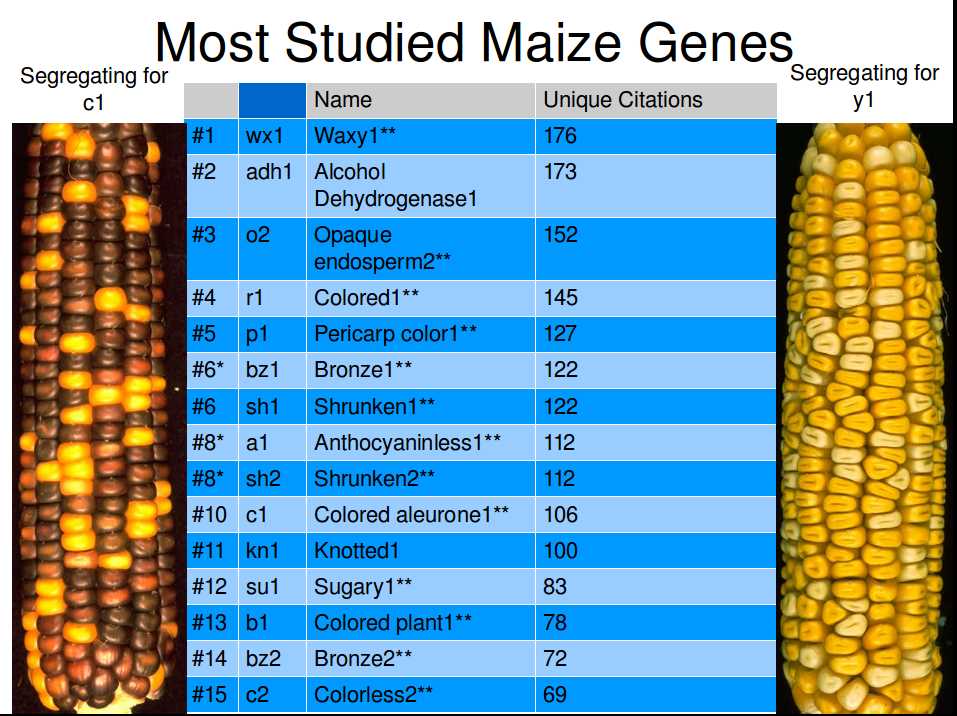
The study of corn genetics plays a crucial role in understanding the principles of inheritance, how traits are passed down from one generation to the next, and how genetic variation occurs. In this lab report, we will explore the results obtained from a corn genetics experiment and discuss the patterns and trends observed.
Understanding corn genetics is essential for several reasons. First, corn is one of the most widely grown crops in the world, serving as a staple food source for many populations. Second, corn exhibits a variety of observable traits, making it an ideal organism for studying genetics. This lab report aims to provide a comprehensive analysis of the data collected during our experiment and draw conclusions about the inheritance patterns of specific traits in corn.
The experiment involved the cross-pollination of corn plants with different observable traits, such as kernel color, kernel texture, and plant height. By analyzing the phenotypic ratios observed in the offspring, we can determine whether these traits follow Mendelian inheritance patterns or exhibit more complex inheritance mechanisms. Additionally, examining the genotypic ratios will provide insights into the genetic composition of the parent plants and shed light on the presence of alleles and their modes of inheritance.
Experiment Design

The goal of our experiment was to investigate the influence of different genetic variations on corn seed color. We focused on three specific genes that are known to play a role in determining seed color: Gene A, Gene B, and Gene C. We hypothesized that variations in these genes would lead to variations in the color of the corn seeds.
To test our hypothesis, we designed a controlled breeding experiment using corn plants with known genetic characteristics. We selected parents with different combinations of the three genes and crossed them to produce offspring with varying genetic compositions. We carefully controlled the environmental conditions, such as temperature and light, to ensure that any differences in seed color were solely due to genetic factors.
For each cross, we collected seeds from multiple ears of corn to obtain a sufficient sample size. We then carefully labeled and stored the seeds to prevent any mix-ups during the experiment. We also recorded the genetic composition of the parents and each offspring to track the inheritance patterns of the genes.
To analyze the seed color, we used a colorimeter to measure the intensity and hue of each seed. We assigned numerical values to represent the color data and conducted statistical analyses to determine if there were significant differences among the different genetic compositions.
Throughout the experiment, we took measures to control for potential confounding factors. We repeated each cross multiple times to ensure the reliability of our results and conducted appropriate statistical tests to assess the significance of any observed differences. We also consulted relevant scientific literature and previous studies to validate our findings and compare them to existing knowledge.
Data Collection
In order to determine the genetic makeup of the corn seeds, data was collected during the corn genetics lab experiment. The data collected included information on the observable traits of the corn, such as the color and texture of the kernels, as well as the presence or absence of certain genetic traits. This data was crucial in determining the inheritance patterns and genetics of the corn seeds.
During the lab, each corn seed was carefully examined and categorized based on its observable traits. The color of the kernels was noted as either yellow or white, and the texture of the kernels was categorized as smooth or wrinkled. Additionally, other traits such as kernel shape, husk color, and ear length were recorded to determine if there were any correlations or patterns in the genetic traits.
The data collected during the lab was recorded in a systematic manner to ensure accuracy. Each corn seed was assigned a unique identifier, and the traits of each seed were recorded in a data table. The table included columns for the seed identifier, kernel color, kernel texture, and other relevant traits. This organized approach to data collection allowed for easy analysis and interpretation of the results.
The data collected during the corn genetics lab provided valuable insights into the genetic composition of the corn seeds. By analyzing the patterns and correlations in the data, it was possible to determine the presence of dominant or recessive alleles for specific traits. This information can be used to further understand the genetics of corn and potentially manipulate its traits for agricultural purposes.
Analysis of Corn Genetics
The analysis of corn genetics is an important aspect of understanding the inheritance patterns and genetic variations in corn. This analysis provides valuable insights into the genes responsible for various traits in corn, such as kernel color, kernel shape, and plant height.
One key aspect of corn genetics analysis is the study of Mendelian inheritance patterns. Mendel’s laws of inheritance state that genetic traits are inherited from parents in a predictable manner. In the case of corn genetics, this means that traits such as kernel color follow specific patterns of inheritance, such as dominant-recessive or co-dominance. By analyzing the offspring of different corn crosses, scientists can determine which traits are dominant and which are recessive, as well as their inheritance ratios.
Determining the genotype of corn individuals
To determine the genotype of corn individuals, several techniques can be used, including Punnett squares and genetic crosses. Punnett squares are a visual tool used to predict the outcomes of genetic crosses. By combining the genotypes of the parental plants, researchers can determine the possible genotype combinations and the resulting phenotypes in the offspring. Genetic crosses involve intentionally breeding corn plants with different genotypes to observe the inheritance patterns. This allows scientists to determine not only the genotype of the individuals involved in the cross but also to study the inheritance of specific traits.
Genetic variation in corn populations
Corn populations exhibit genetic variation due to natural variations in DNA sequences and the occurrence of mutations. This genetic variation is important for the adaptability and survival of corn plants in different environments. Through genetic analysis, researchers can identify and study the different alleles present in a specific corn population. This information is crucial for breeding programs aimed at improving crop yields, disease resistance, and other desirable traits.
Conducting statistical analysis
Statistical analysis plays a vital role in corn genetics research. It allows researchers to determine the significance of their findings and draw valid conclusions. Statistical tests, such as chi-square tests, are frequently used to compare observed data with expected data and determine if the differences are significant or due to chance. These analyses provide a quantitative measure of the strength of genetic associations and help researchers validate their hypotheses.
- The analysis of corn genetics provides insights into inheritance patterns and genetic variations in corn.
- Mendelian inheritance patterns, such as dominant-recessive or co-dominance, are studied to understand how traits are inherited in corn.
- Techniques like Punnett squares and genetic crosses are used to determine the genotype of corn individuals.
- Genetic variation in corn populations is important for their adaptability and survival.
- Statistical analysis is used to validate research findings and determine the significance of genetic associations.
Heredity patterns
Heredity patterns refer to the ways in which traits are passed down from parents to offspring. These patterns can be observed in various organisms, including corn. Understanding heredity patterns is essential in genetics research, as it helps scientists predict the likelihood of certain traits being expressed in future generations.
One of the fundamental concepts in heredity patterns is the principle of dominance. According to this principle, some alleles (different versions of a gene) are dominant over others, which means they will be expressed in the phenotype (observable traits) of an organism. For example, in corn genetics, if a plant has one allele for yellow kernels (Y) and one allele for purple kernels (y), the yellow allele will be dominant, and the plant will have yellow kernels.
Another essential concept in heredity patterns is segregation. Segregation occurs during the formation of gametes (sex cells), where alleles for a particular gene separate from each other. In corn genetics, this means that during the formation of pollen or eggs, the Y and y alleles separate from each other randomly. Therefore, when these gametes combine during fertilization, the resulting offspring have a 50% chance of inheriting the Y allele and a 50% chance of inheriting the y allele.
The understanding of heredity patterns is crucial for predicting the outcome of genetic crosses. By knowing the dominant and recessive alleles and understanding how they segregate, scientists can make predictions about the phenotypic ratios of offspring. This knowledge also allows breeders to selectively breed organisms to produce desired traits.
In conclusion, heredity patterns play a significant role in genetics research, allowing scientists to understand how traits are passed down from generation to generation. The principles of dominance and segregation provide a foundation for predicting and manipulating genetic traits in organisms like corn. By studying and applying these patterns, scientists and breeders can make meaningful scientific advancements and improve crop yields.
Implications for Plant Breeding

In conclusion, the findings from this corn genetics lab report have significant implications for plant breeding. The study demonstrates the importance of understanding the genetic makeup and inheritance patterns of corn plants in order to develop more efficient and productive varieties.
1. Selecting for desired traits: By identifying and understanding specific genes and traits that contribute to desirable characteristics in corn, plant breeders can selectively cross-pollinate plants to produce offspring with those desired traits. This can lead to the development of corn varieties that are more resistant to pests and diseases, have higher yields, or are better suited for specific growing conditions.
2. Accelerating the breeding process: The knowledge gained from this genetic analysis can also help accelerate the breeding process. By using molecular markers associated with desirable traits, plant breeders can quickly and accurately select plants for further breeding, saving time and resources.
3. Increasing crop diversity: Understanding the genetic diversity within corn populations can also aid in the development of new varieties. By identifying and utilizing different genetic variations, plant breeders can create hybrid corn varieties that have increased vigor and adaptability, leading to more resilient and productive crops.
4. Improving the nutritional value of corn: This genetic analysis can also contribute to the improvement of the nutritional value of corn. By identifying genes responsible for nutrient content, plant breeders can develop corn varieties that are enriched with vitamins, minerals, or other essential nutrients, addressing specific nutritional needs and improving overall human health.
In summary, the knowledge gained from this corn genetics lab report has significant implications for plant breeding. It offers insights into the inheritance patterns and genetic makeup of corn plants, allowing breeders to selectively produce improved varieties with desired traits, accelerate the breeding process, increase crop diversity, and improve the nutritional value of corn. These advancements in plant breeding have the potential to contribute to more sustainable and resilient agriculture, as well as address specific nutritional needs in human populations.
Q&A:
How can plant breeding benefit from genetic engineering?
Genetic engineering allows plant breeders to introduce desirable traits into plants more precisely and efficiently. This can lead to the development of crops with increased yields, improved nutritional content, resistance to diseases and pests, and tolerance to environmental stresses.
What are some traditional breeding techniques used in plant breeding?
Some traditional breeding techniques used in plant breeding include cross-pollination, selection of desirable traits, hybridization, and backcrossing. These techniques have been used for centuries to improve crop plants and develop new varieties with improved characteristics.
What role does biotechnology play in plant breeding?
Biotechnology plays a significant role in plant breeding by providing tools for the manipulation and transfer of genes between different organisms. This includes techniques such as genetic engineering, marker-assisted selection, and tissue culture, which can speed up the breeding process and enhance the precision of trait incorporation.
What are some potential implications of plant breeding for food security?
Plant breeding has the potential to enhance food security by developing crop varieties that are more resistant to pests, diseases, and environmental stresses. It can also improve the nutritional content of crops, making them more nutritious and accessible to populations with nutrient deficiencies. Additionally, plant breeding can increase crop yields, helping to meet the growing demand for food in a sustainable manner.